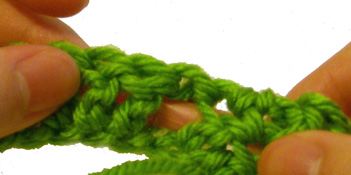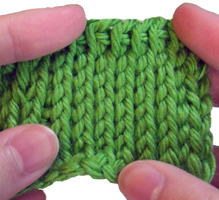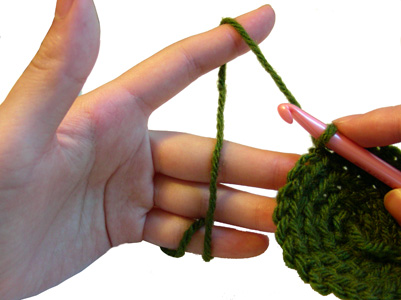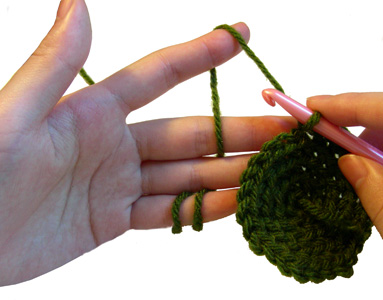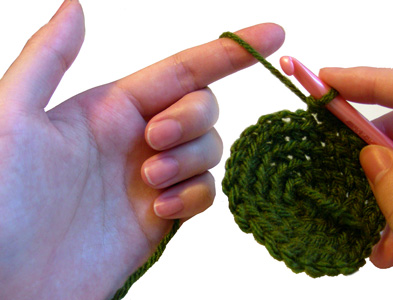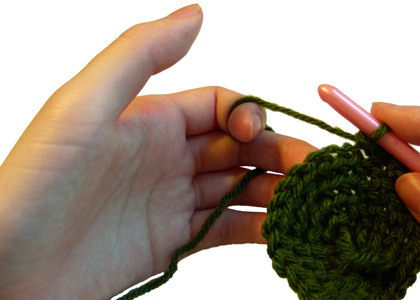Learning to Crochet
Posted in Fun Ramblings, Tutorials and Help on August 12th, 2009 by Rachel Choi – 11 Comments| When I was in middle school, I saw one of my closest friends crocheting and I thought it was so amazing! The way a ball of yarn was being turned into a piece of cloth was definitely stare worthy. I ended up going home to ask my mom how to crochet and if I remember correctly she taught me how with a chopstick. Yea, we didn’t have a crochet hook and I really wanted to learn how. | 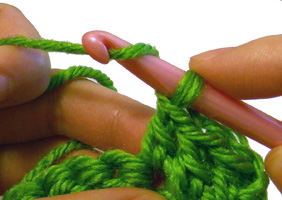 |
I learned the basic foundation chain, single crochet and double crochet. At the time technique and making things look perfect wasn’t a priority so I learned those skill as I went along. I was just so excited about all the things that I wanted to make!
Today I’m pretty sure that I know more about crocheting than my mom who taught me, since I’m always learning something new from people, books and crochet tutorials online. So if you’re just learning to crochet, here are some basics to start with:
How to Hold a Crochet Hook
How to Hold Yarn in Crochet
How to Crochet: Slip Knot
How to Crochet: Chain (ch)
How to Crochet: Single Crochet Stitches (sc)
How to Crochet: Double Crochet Stitches (dc)
Don’t worry too much about perfection, it’ll come with experience. But here are “7 Tips to Establish Consistency in Crochet” if you feel you need them. Also, feel free to dig into the Crochet Tutorials Archives for more How-To’s!
Do you have a crochet learning experience to share?

